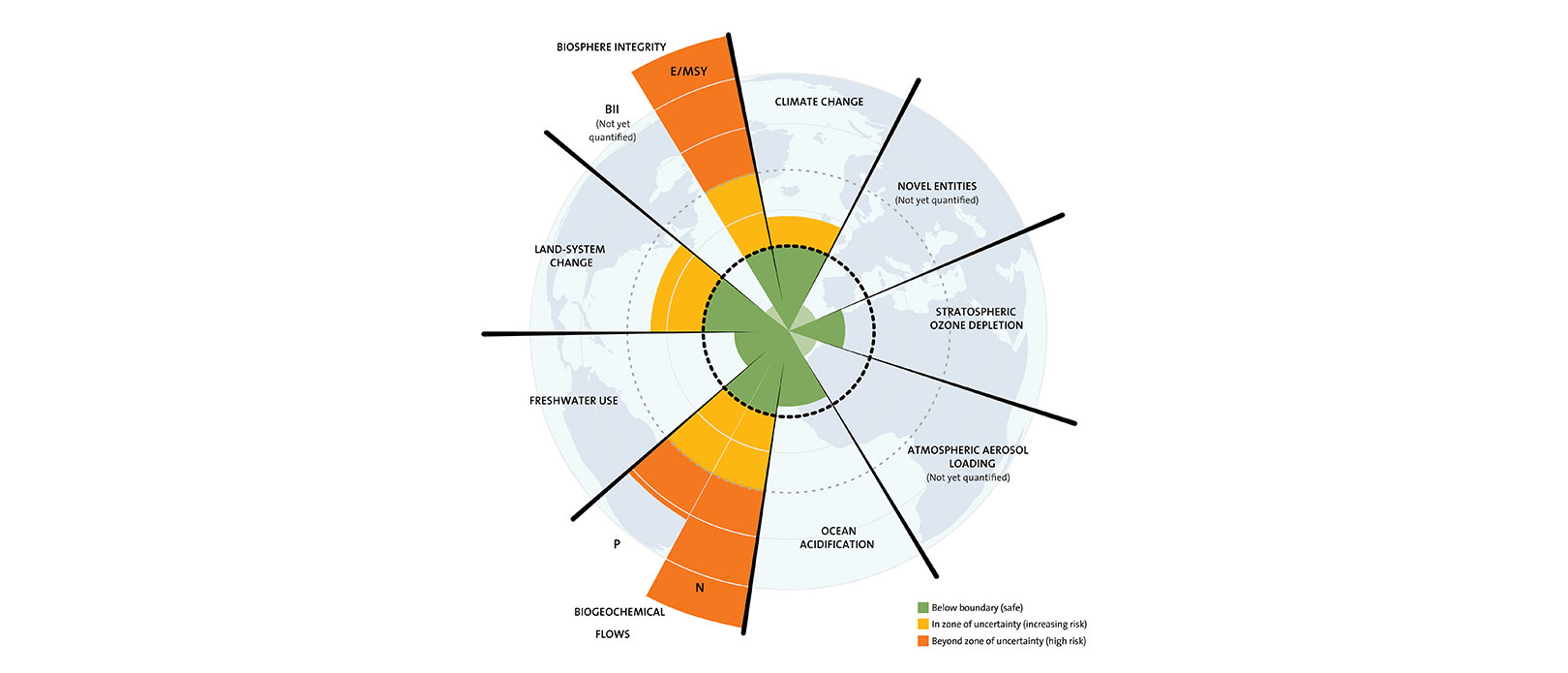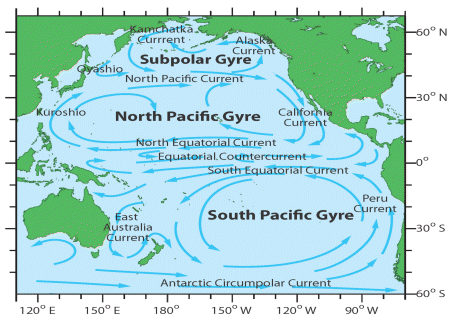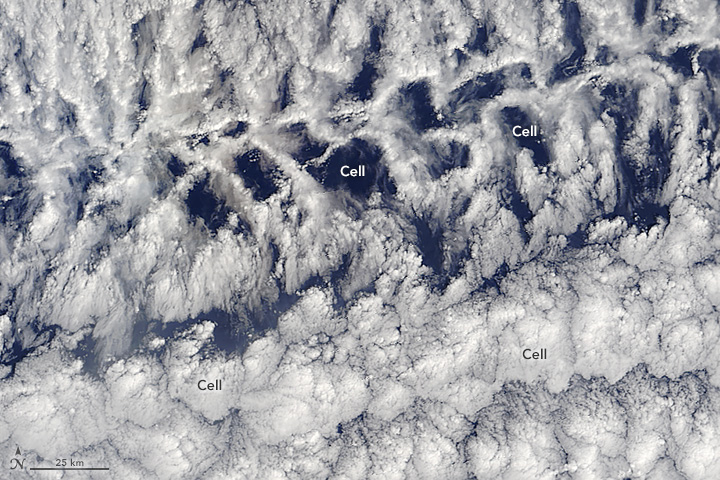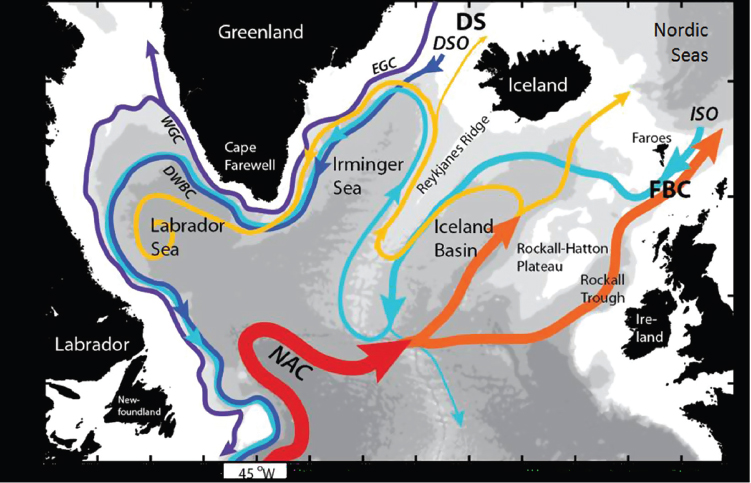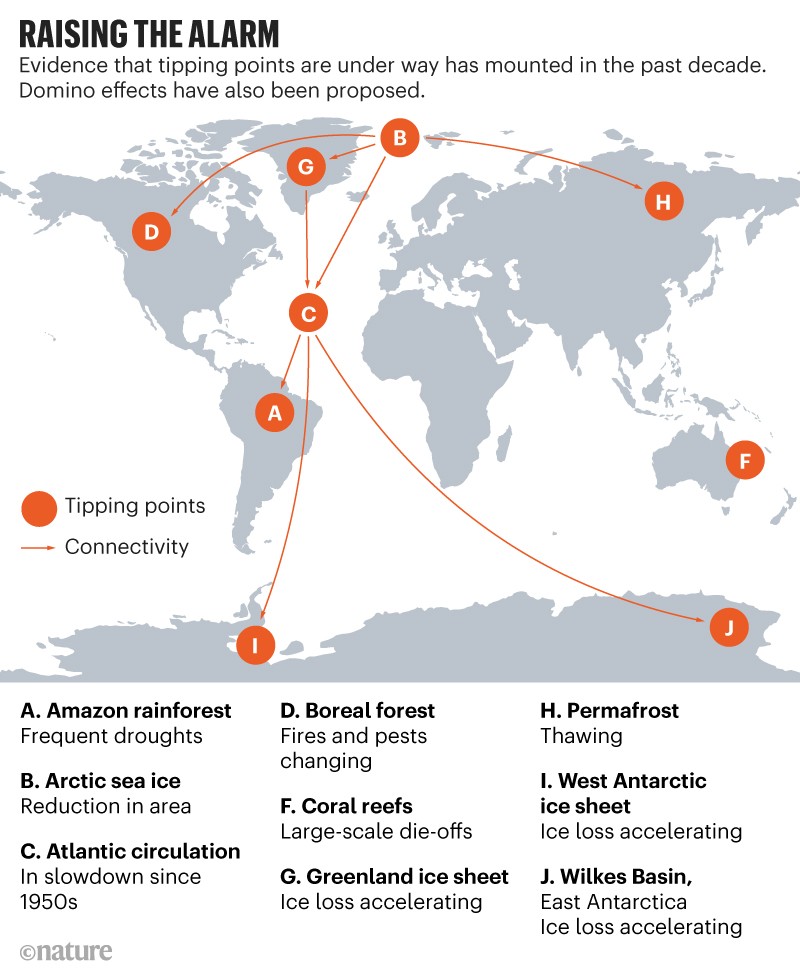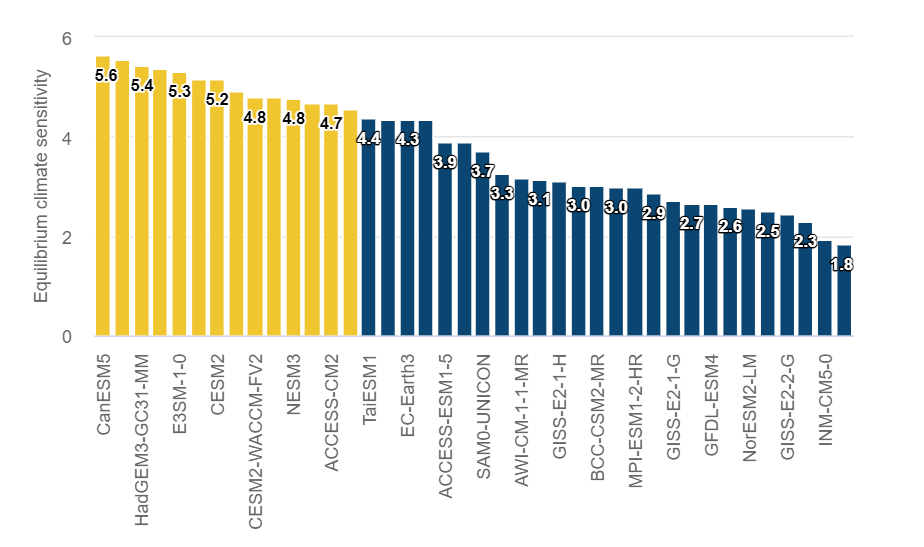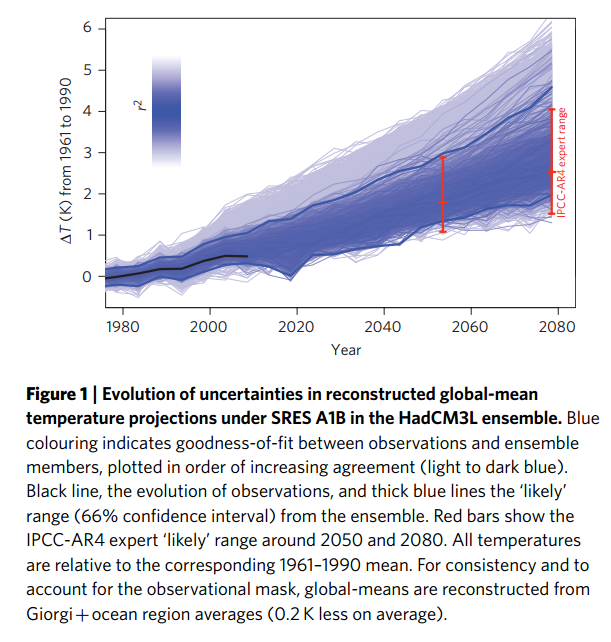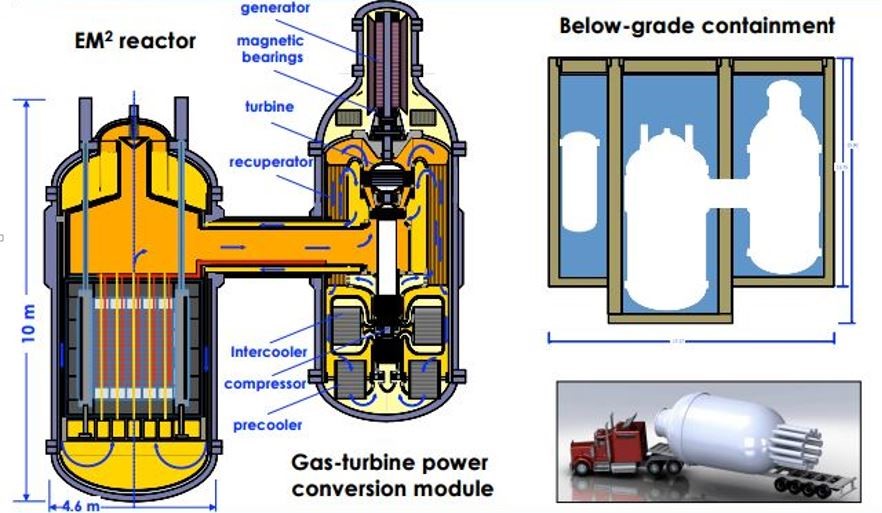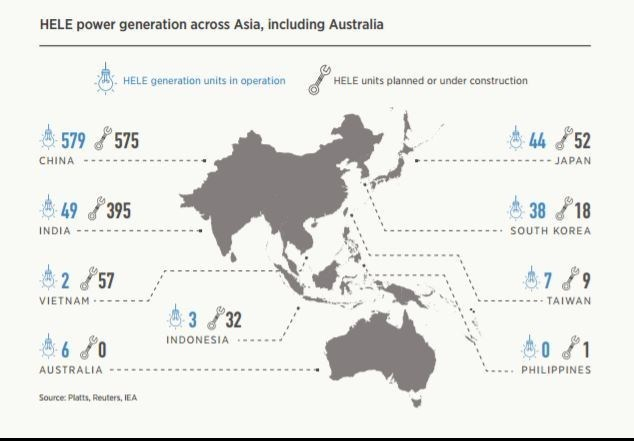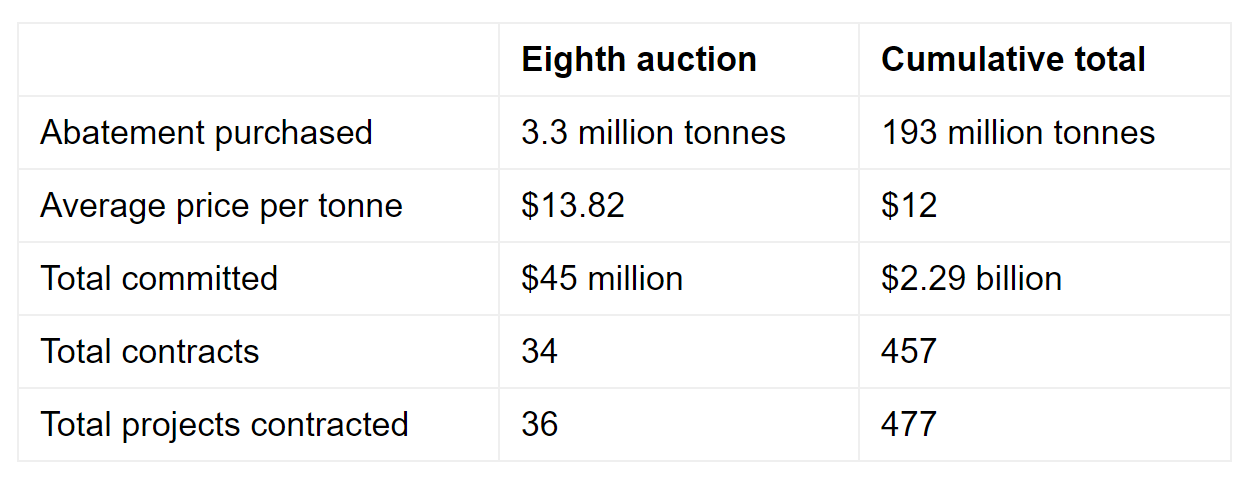We are making changes to Earth systems biologically, radiatively, chemically – in an Earth system that is sensitive to small changes. As global temperatures rise with emissions and land use change the risk of crossing thresholds and initiating abrupt change in Earth system increases. Tipping points are inevitable and surprises likely. They are the rationale for the 2°C target for global warming. At the same time there is a need for strong and resilient economies.
With high energy trajectories the world may limit the human population to a less than 9 billion peak in the middle of the century. High energy trajectories require nuclear energy. Factory fabricated fast neutron reactors can release all the energy a person could ever need in a Rubik’s cube sized block of conventional ‘nuclear waste’. General Atomics – 60 years in the nuclear industry – and Framatome – 40 years – are building a helium cooled 50 megawatt electric (MWe) reactor that burns undisturbed for 10 years and is then replaced with another factory unit. It will be combined with direct drive Brayton cycle turbines to produce electricity. With 21st century materials and technology they are passively safe. Lightweight, short lived fission products are removed after a burn cycle – leaving some 3% the volume of conventional waste that is radiatively safe after 500 years. The remainder is seeded with fertile material – enriched uranium, nuclear waste, depleted uranium, thorium – and recycled in another burn cycle. 50MWe generators are 1/20th size of conventional nuclear plants. Gas cooling means they don’t need a water supply. General Atomics and Framatome (Genatome?) will produce a prototype this decade for commercialisation by 2035.
Nuclear economics have been complicated by high capital costs and long lead times. Design and construction complexities cause delays. Modular design and factory fabrication of road transportable reactors simplifies production while maximising quality control and giving the economic efficiencies of mass production.
Route 1: Conscious capitalism and economically responsible government
Capitalism can generate great wealth. Conscious capitalism aims at just and sustainable great wealth. Conscious capitalism is big bikkies. Consumers are informed – business has to take it seriously. Government can avoid fuelling asset bubbles and add to general welfare and steady economic growth with a steady economic hand and its essential services.
Common pool resources are best sustained locally
Nobel Prize winner Elinor Ostrom’s beyond the tragedy of commons work pioneered analysis of successful cooperative management of forests, fisheries, aquifers…
Health – environmental quality – food
Everything is connected. Biodiversity is conserved – the quality and quantity of food multiplies.
Global economic development – global common pool resources – Elinor Ostrom’s polycentric management of commons – traditional or common rights.
The global economy is worth about $100 trillion a year. To put aid and philanthropy into perspective – the total is 0.025% of the global economy. If spent on Copenhagen Consensus smart development goals such expenditure can generate a benefit to cost ratio of more than 15 – still nowhere near the major path to universal prosperity. Some 3.5 billion people make less than $2 a day. Changing that can only be done by doubling and tripling global production – and doing it as quickly as possible. Optimal economic growth is essential and that requires an understanding and implementation of explicit principles for effective economic governance of free markets.
Shared socioeconomic path 5 (SSP5) is a modern era baseline extrapolated to the end of the century. Nominally powered by fossil fuels – atmospheric carbon dioxide concentrations approach 1000 ppm by the end of the century.

https://www.sciencedirect.com/science/article/pii/S0959378016300711
| SSP5 | Fossil-fueled Development – Taking the Highway (High challenges to mitigation, low challenges to adaptation) This world places increasing faith in competitive markets, innovation and participatory societies to produce rapid technological progress and development of human capital as the path to sustainable development. Global markets are increasingly integrated. There are also strong investments in health, education, and institutions to enhance human and social capital. At the same time, the push for economic and social development is coupled with the exploitation of abundant fossil fuel resources and the adoption of resource and energy intensive lifestyles around the world. All these factors lead to rapid growth of the global economy, while global population peaks and declines in the 21st century. Local environmental problems like air pollution are successfully managed. There is faith in the ability to effectively manage social and ecological systems, including by geo-engineering if necessary. |
Energy transition – minerals – technology
The age of steam has ended because we have run out of steam. Australia has 35 years of black coal at current production levels.
‘In 2019, the estimate of Australia’s recoverable EDR of black coal was revised upwards from 73,719 Mt to 75,428 Mt, an increase of 1,709 Mt, or 2.3 per cent, from the previous year. Large additions to EDR came from Queensland’s Bowen Basin at the Hutton Coking Coal Project (Valiant Resources), the Olive Downs Coking Coal Project (Pembroke Resources) and Hail Creek (Glencore). Wandoan (Glencore), in Queensland’s Surat Basin, also saw a large increase in EDR during 2019. In New South Wales’ Sydney Basin, Mount Pleasant (Mach Energy) and Mount Thorley (Yancoal) also reported increased EDR…
Total in situ resources (all categories) of brown coal, are estimated to be approximately 489,355 Mt, of which in situ EDR are 85,634 Mt, Subeconomic Demonstrated Resources are 279,224 Mt and Inferred Resources are 124,496 Mt. Total recoverable Identified Resources of brown coal are estimated at 433,360 Mt, of which recoverable EDR are 73,865 Mt, Subeconomic Demonstrated Resources are 255,763 Mt and Inferred Resources are 103,732 Mt. Nearly all of Australia’s recoverable brown coal EDR is in Victoria, with more than 90 per cent in the Latrobe Valley.’ Geoscience Australia – coal
‘Australia’s estimated conventional gas resources in 2019 include 74,992 PJ (66.69 Tcf) of 2P reserves, accounting for 70 per cent of Australia’s total remaining 2P gas reserves, and 121,140 PJ (107.71 Tcf) of 2C contingent resources. Aggregating Australia’s 2P reserves and 2C contingent resources provides a total of 196,133 PJ (174 Tcf) of conventional gas identified resources. About 93 per cent of identified conventional gas resources are located offshore along the North West Shelf of Australia. Based on 2019 production rates of 4,641 PJ (4.13 Tcf), Australia’s identified conventional gas resources would have a life of 42 years if all identified contingencies to development are mitigated.
Coal seam gas is expected to remain as Australia’s most important unconventional gas resource in the near term (Figure 1 and Figure 2). CSG is already a major source for domestic gas and LNG exports in eastern Australia. Almost all reported CSG reserves and contingent resources are located in Queensland; the remainder are in New South Wales. In 2019 Australia’s total 2P reserves are estimated as 31,597 PJ (29.79 Tcf), accounting for 30 per cent of the total remaining 2P gas reserves. An additional 26,652 PJ (23.70 Tcf) of 2C contingent CSG resources are estimated in 2019. Aggregating Australia’s 2P reserves and 2C contingent resources provides a total estimate of 58,248 PJ (53.49 Tcf) of CSG identified resources. Based on 2019 production rates of 1,603 PJ (1.43 Tcf), these identified CSG resources would have an estimated life of 36 years if all identified contingencies to development are mitigated.’ Geoscience Australia – gas
‘Australia has about 0.3 per cent of the world oil reserves. Most of Australia’s known remaining oil resources are condensate and liquefied petroleum gas (LPG) associated with giant offshore gas fields in the Browse, Carnarvon and Bonaparte basins. In addition oil resources are identified in the Perth, Canning, Amadeus, Cooper/Eromanga, Bowen/Surat, Otway, Bass and Gippsland basins.’ Geoscience Australia – oil
Australia imports oil and exports coal and gas.
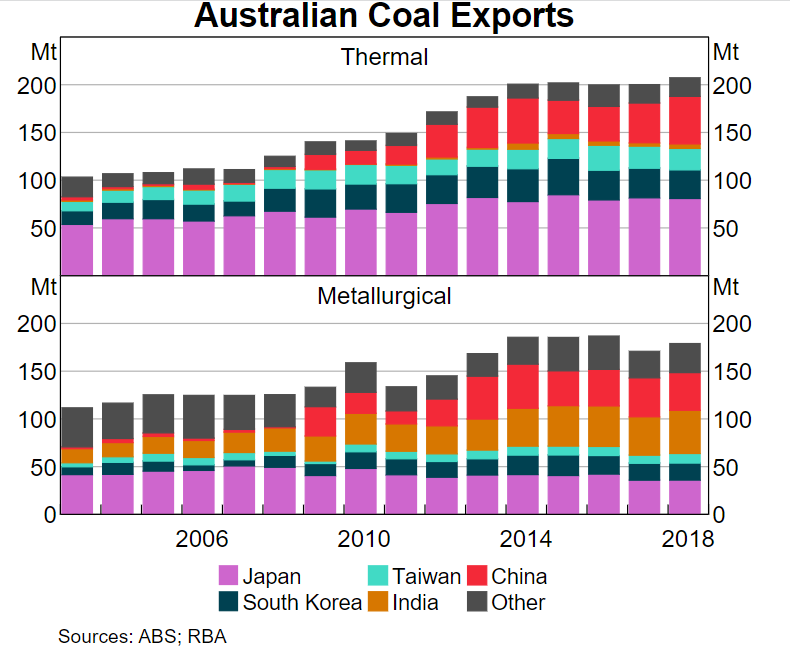
Australian gas: export and domestic consumption. Australian consumers are exposed to international prices. There never was cheap fracked gas.

Globally we are all in the same steamboat. Coal, gas and oil are running low. Energy is everywhere – we can collect it with wind and solar technology. Cheap and getting cheaper. With some advanced nuclear reactors all the energy a person could need in a lifetime is in a Rubik’s cube of recycled nuclear waste. Using all the E = mc2. Reducing waste to 3% the volume as lightweight, short half-life fission products. Isotopes only found from human nuclear technology as they decay so quickly in nature.

Until yesterday I thought the the next big thing in nuclear energy generation would be factory fabricated, high temperature, fast neutron, helium gas cooled reactors with Brayton cycle direct drive turbines delivering power.

General Atomics’ 250MWe small modular fast neutron, gas-cooled reactor. The convert and burn core can run without disturbance for 30 years burning nuclear waste. Nuclear waste has 99.5% of the energy content of the original fuel and contains heavy elements that remain radioactive for 10’s of 1000’s of years. All of the energy in nuclear fuel can be used in fast neutron reactors – in the process volume is reduced to 3% of the original and consists of shorter half-life fission products that decay to background levels of ionizing radiation in 500 years. There are many times the energy content of global fossil fuel reserves in nuclear waste stockpiles. Fast neutron nuclear technology was pioneered in the 1960’s but vetoed in favor of reactors that produced waste that can be enriched to produce weapons grade material.
GA have since partnered with another giant in the nuclear industry in a 50MWe ‘plug and play version’.
SAN DIEGO, (Oct. 13, 2020) – General Atomics Electromagnetic Systems (GA-EMS) announced today that it is collaborating with Framatome Inc. to develop a new helium-cooled 50-Megawatt electric (MWe) Fast Modular Reactor (FMR) concept that will produce safe, carbon-free electricity and can be factory built and assembled on-site, which will reduce costs and enable incremental capacity additions. The GA-EMS led team will be able to demonstrate the FMR design as early as 2030 and anticipates it being ready for commercial use by the mid-2030s.
“We are extremely excited to partner with Framatome to design a safe, cost-effective, and scalable nuclear reactor,” stated Scott Forney, president of GA-EMS. “Our two companies bring together more than 100 years of combined experience in maturing advanced nuclear technologies to help secure future U.S. clean energy needs.” https://www.ga.com/general-atomics-and-framatome-collaborate-to-develop-a-fast-modular-reactor
But with the buzz on nuclear fusion at General Atomics I’m now wondering. We are in the era of hyper-technology. Anything is possible.
Magnets, motors, optics and chemical catalysts
Harvesting the promise of hyper-technology relies on mining of critical materials. ‘The rare earth metals are 15 elements in the lanthanide series of the periodic table (plus two extra ones that aren’t in the lanthanide series). They’re not, in fact, particularly rare in the Earth’s crust; according to Geosciences Australia, cerium is the 25th most abundant element in the crust. As research scientist Chris Vernon, who leads the Green Mineral Technologies initiative at CSIRO, puts it, the first rare earths on the chain, lanthanum and cerium, are “common as muck”.
The rare earths are a bit like chemical wunderkinds: they’re used for all sorts of things most of us don’t even know we need.’ https://www.ga.gov.au/data-pubs/data-and-publications-search/publications/australian-minerals-resource-assessment/rare-earths
Reserves of rare earths are growing as more are discovered. That doesn’t mean there is enough of them to waste. The secret to mining is a minimum 20 year mine life and low cost production. REO+Y2O3 – (rare earth oxide + yttrium oxide) Accessible Economic Demonstrated Resources are some 4.12 Mt oxide. Nascent production was some 0.019 Mt oxide in 2019.
Rare earths are in minable concentrations of a few percent in igneous intrusions.

Agroecology – water – soils – food sources and security.
Red meat industry carbon neutrality by 2030
Ecological conservation and restoration – savanna, woodland, rivers, wetlands, estuaries, coasts and reefs
Land and water management – grazing – grains – mining – urban – commercial
?????
riellison@watertechbyrie.com

